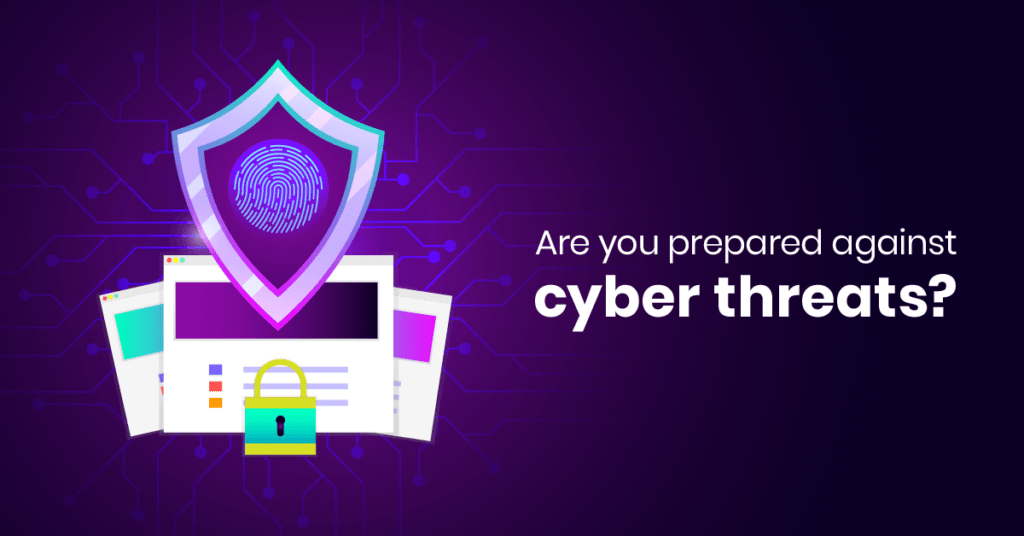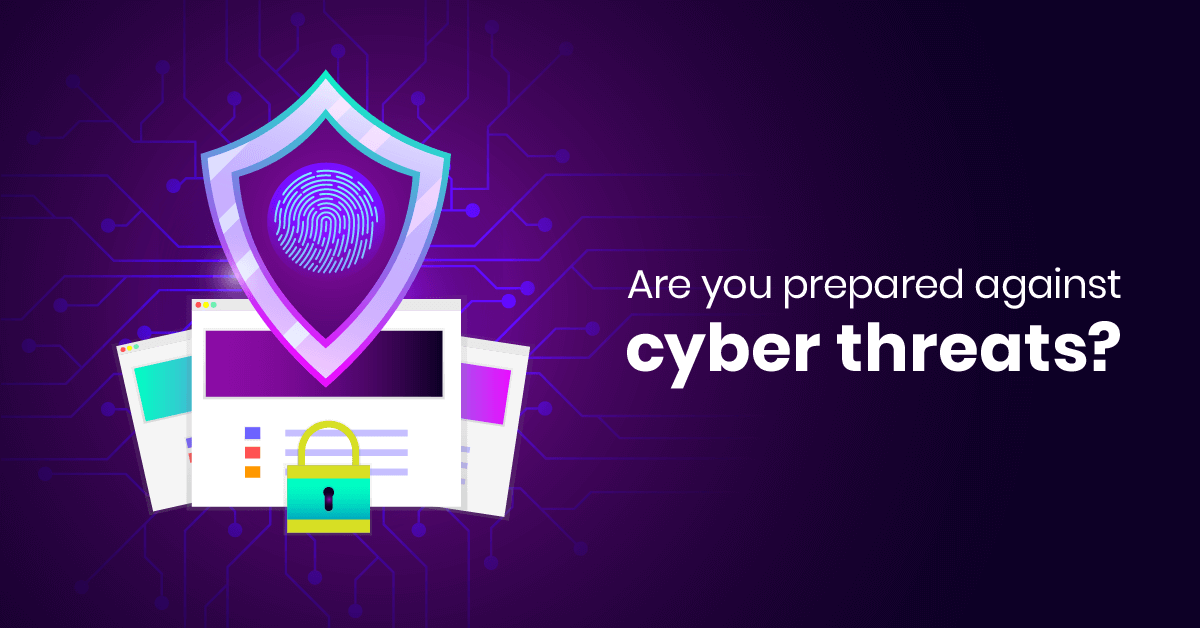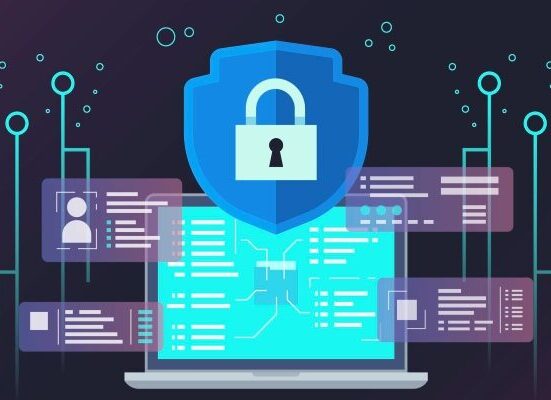7 Tips for Effective Cybersecurity Training to Protect Your Business from Cyber Attacks.
In today’s interconnected world, businesses are exposed to a wide range of cybersecurity threats that can cause significant damage. With the increased use of technology, cyber attacks have become the more prevalent and sophisticated, and businesses must take proactive measures to protect their data and networks. One of the most important steps in cybersecurity is training the employees to be aware of the risks and best practices. This article will provide an in-depth guide on how to conduct effective cybersecurity training for employees. Training employees on proper cybersecurity practices is a key factor in ensuring a secure network. This covers the fundamentals of effective cybersecurity training, including the importance of training, the types of training available, and best practices for implementation. Without a proper training, they can be unwitting participants in cyberattacks. Cybersecurity training equips employees with the knowledge they need to identify and respond to threats.

There are several types of cybersecurity training available. These include online courses, seminars, and hands-on practice.
Online courses are often the most cost-effective and convenient option for organizations. Seminars provide employees with the opportunity to ask questions and receive feedback from experts. Hands-on practice allows employees to apply their knowledge in a safe environment. Here are some tips on how to conduct effective cybersecurity training for employees.
Develop a Comprehensive Cybersecurity Policy
Before starting cybersecurity training, it is essential to develop a comprehensive cybersecurity policy that outlines the best practices and guidelines for data protection within the organization. This policy should include guidelines for password creation, data sharing, internet use, social media use, and more. The policy should be regularly reviewed and updated to ensure that it is up to date with the latest cybersecurity risks and trends.
Identify the Most Common Cybersecurity Threats
Once the cybersecurity policy is in place, the next step is to identify the most common cybersecurity threats that the organization faces. Some of the most common threats include phishing scams, malware attacks, ransomware attacks, and social engineering attacks. Employees need to understand the risks associated with each of these threats and learn how to identify and respond to them.
Conduct Regular Training Sessions
Conduct regular training sessions to keep your employees informed and up to date on the latest cybersecurity threats and best practices. Consider conducting training sessions on a monthly or quarterly basis.
Use Real-World Examples
Using real-world examples of cybersecurity breaches will help employees to relate the seriousness of cybersecurity threats and attacks and motivate them to take the necessary precautions.
Provide Hands-On Training
Providing hands-on training is an effective way to teach employees how to identify and respond to potential cyber attacks. For example, phishing simulations can help employees recognize phishing scams and avoid clicking on suspicious links. Malware detection exercises can help employees understand how malware operates and how to detect and remove it.
Make Training Fun and Engaging
Making cybersecurity training fun and engaging can help employees stay interested and motivated to learn. Interactive elements such as quizzes, games, and videos can be used to make training more enjoyable. Gamifying the training process can make it more competitive and engaging.
Make Training Accessible
Making cybersecurity training easily accessible to all employees is essential. Consider using online training modules or hosting training sessions via video conferencing. This can make it easier for remote employees or those in different locations to participate in training.
Conclusion
In conclusion, cybersecurity training for employees is essential to protect organizations from cyber attacks. By developing a comprehensive cybersecurity policy, identifying common threats, conducting regular training sessions, using real-world examples, providing hands-on training, making training fun and engaging, and making training accessible, organizations can effectively train their employees and minimize the risk of cyber attacks. Regular training and updating of policies are key to ensure that the employees stay informed about the latest threats and best practices. Ultimately, a well-informed workforce is one of the best defenses against cyber threats.
Image Source : eFront












